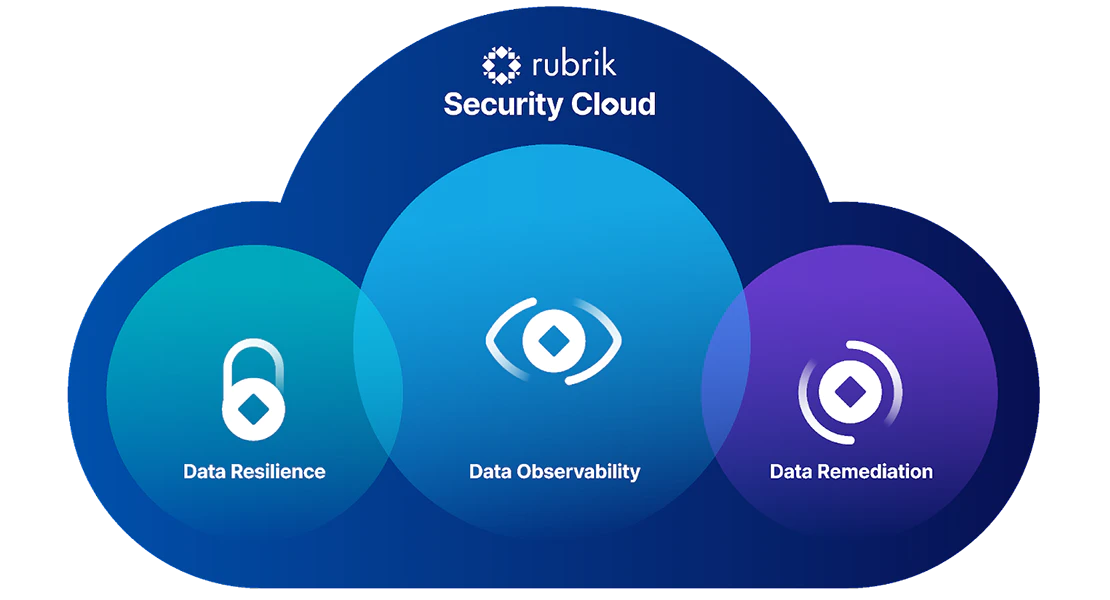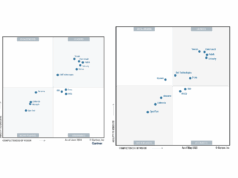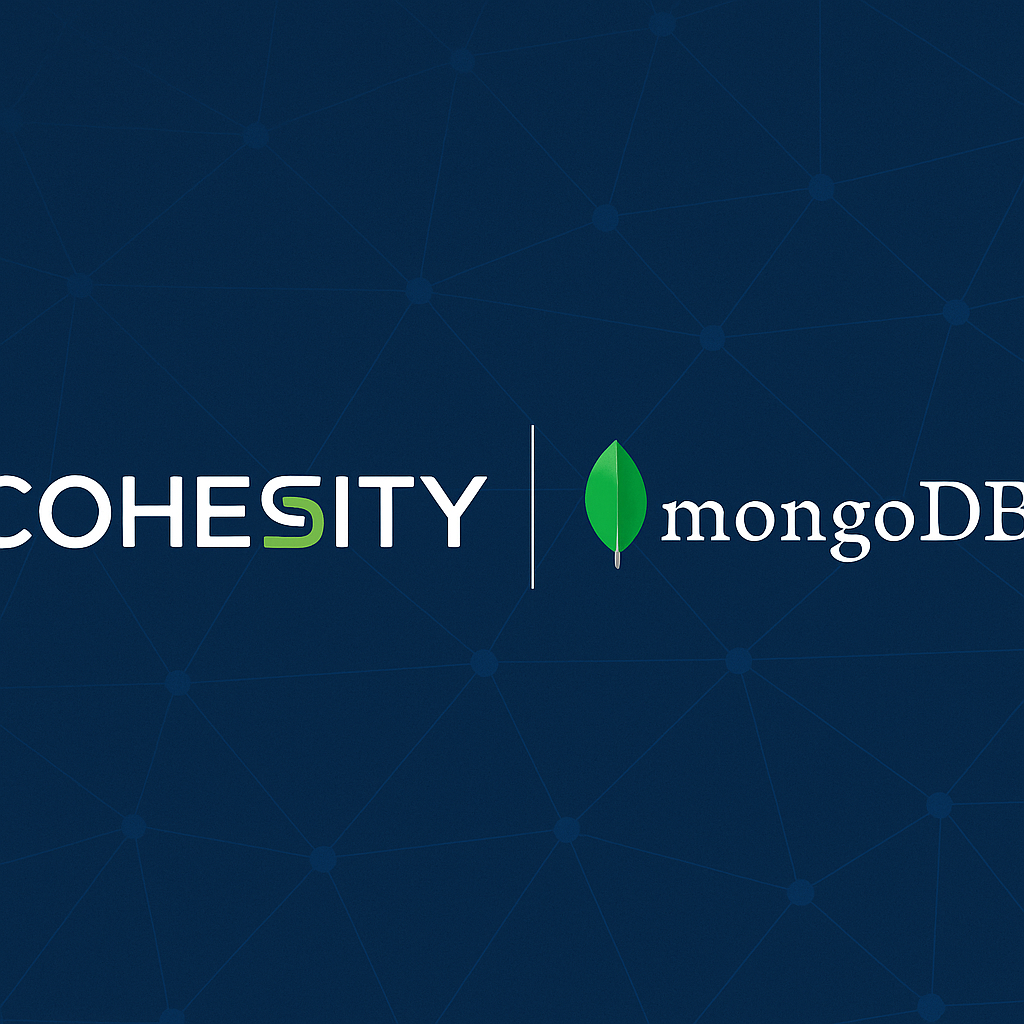Rubrik has unveiled a broad set of new capabilities aimed at strengthening cyber resilience for data across public clouds, SaaS applications, and on-premises environments. The data protection vendor’s latest features focus on early threat monitoring, extended backup support for SaaS and cloud platforms, and improving data security posture management to help organizations detect risks and recover faster from cyber incidents. The company claims the enhancements will help customers “better detect compromised data, enhance the speed of identifying affected data, and accelerate the discovery of clean entry points” across diverse IT platforms.
Broader coverage: Cloud, SaaS and identity protection
Rubrik’s update significantly widens its backup and recovery coverage. In public cloud, a new Cloud Posture Risk Management (CPR) feature automatically discovers and inventories cloud data assets to flag any sensitive or unprotected data. This acts as a data security posture tool, helping admins ensure critical data is being backed up and reducing exposure of forgotten cloud data. The Rubrik Security Cloud platform is also adding support for Oracle Cloud Infrastructure (OCI) – including Oracle databases and Oracle VMware workloads on OCI – so customers can protect those cloud deployments with the same backup policies as their other environments. Rubrik notes that attackers increasingly target backup data (in 96% of cyberattacks, according to Rubrik’s Zero Labs research), making comprehensive coverage critical.
The rollout also extends Rubrik’s reach into developer and SaaS platforms. New support for Azure DevOps pipelines and GitHub repositories enables automated, versioned backups of code and CI/CD assets, with granular restore and compliance retention options. For organizations using Amazon Web Services, Rubrik Cloud Vault (RCV) now offers a secure, isolated off-site archive within AWS with immutable, logically air-gapped backups and retention locks to bolster ransomware recovery. On the SaaS front, Rubrik is delivering enhanced protection for Microsoft Dynamics 365 business data and is planning a Salesforce Sandbox Seeding feature later this year. The Salesforce integration will let admins copy select data (with checks on dataset size and target capacity) into sandboxes for testing, while avoiding errors and reusing saved criteria to speed up dev/test cycles.
Rubrik is also tackling a notorious weak link: identity services. The company introduced an Identity Recovery capability to safeguard Active Directory (AD) and Microsoft Entra ID (Azure AD) directories. This tool can orchestrate a full restore of a compromised AD forest, automating what is typically a complex, manual recovery process. The aim is to quickly rebuild identity systems after an attack without reintroducing malware or misconfigurations – crucial because over 50% of businesses have experienced an Active Directory attack in the past two years. By enabling fast, clean recovery of identity stores, Rubrik hopes to minimize the operational paralysis that can follow ransomware or credential theft incidents.
New threat monitoring and faster recovery tools
Several features hone in on detecting cyber threats early and accelerating recovery. Rubrik’s platform now leverages machine learning to spot anomalies and indicators of compromise within backup data. For cloud workloads in Azure and AWS, newly released security functions include Anomaly Detection and sensitive Data Classification, with Threat Hunting and Threat Monitoring set to arrive soon. These tools continuously analyze backup snapshots to flag unusual activity or malicious patterns, aiming to reduce the risk of reinfection when restoring data. They complement Rubrik’s existing Zero Trust approach by ensuring that backed-up data is safe to recover.
A highlight is Rubrik’s new “Turbo” Threat Hunting engine, which can scan backup metadata at high speed to locate clean restore points. Instead of scanning files one by one, it uses pre-computed hashes of files stored in Rubrik’s metadata to rapidly check for known malware signatures across massive datasets. In internal tests, Turbo Threat Hunting was able to scan 75,000 backup snapshots in under 60 seconds to pinpoint unaffected versions of files. This dramatically shrinks the time needed to find a malware-free backup for recovery, even in large, complex environments.
Rubrik is also extending its Orchestrated Recovery automation to the cloud. Coming first for Microsoft Azure VMs, this feature allows administrators to pre-define recovery workflows and test them regularly. In the event of a major outage or ransomware attack, entire application stacks in Azure could be restored at the push of a button following a known-good sequence, minimizing human error during a crisis. On the Microsoft front, Rubrik’s Enterprise Edition for Microsoft 365 has been beefed up with Sensitive Data Discovery (to identify high-risk data before an attack) and Prioritized Recovery (to restore the most critical data first) for Exchange, SharePoint, and other 365 services. In the coming months, Rubrik plans to add the same anomaly detection, threat monitoring/hunting, and even self-service recovery capabilities to its Microsoft 365 backups – bringing its latest cyber resilience tools into the SaaS realm as well.
Competitive positioning in a crowded cyber-resilience market
Rubrik’s flurry of enhancements comes as data protection vendors broadly pivot toward cyber resilience features. Rival firms are on a similar path of converging data backup with security intelligence. For instance, Commvault has integrated CrowdStrike’s Falcon threat detection into its cloud backup platform, so a malware alert can trigger automated scanning of backup copies and restore of clean data. Another competitor, Cohesity, offers its DataHawk service which combines threat scanning of backup files for known attack indicators with AI/ML-based data classification to identify sensitive data. Cohesity has also partnered with identity-security specialist Semperis to provide rapid Active Directory recovery in case of cyber attacks – a similar objective to Rubrik’s new Identity Recovery, though Rubrik built its solution in-house.
All major players are stressing their ability to deliver immutable backups (unchangeable, ransomware-proof copies) and automated malware detection. Veeam, the current market share leader in data backup, introduced immutable repositories and anomaly detection alarms to flag unusual backup activity, and it now touts an “AI-powered” malware detection engine in its platform as well. Even traditional storage vendors like Dell Technologies have added cyber vaulting and scanning (via its CyberSense engine) to their backup appliances.
Outlook: Backup meets security for the long haul
Rubrik’s new multi-pronged capabilities illustrate how data protection is evolving into a security-centric discipline. Backup platforms are no longer passive insurance policies; they are becoming active participants in cyber defense – identifying threats, isolating clean data, and automating recovery playbooks. For businesses, this convergence promises greater peace of mind that critical data and systems can be restored quickly even under duress. Rubrik’s latest moves will put pressure on rivals to keep upping their game in threat detection and rapid recovery. Enterprises shopping for data protection now weigh cybersecurity capabilities as a key factor, meaning the future of backup is inextricably tied to security innovation.
Read official press release here






